Jaguar is one of the most successful British sports car firms: so many short-lived companies have come and gone, but it has been going since 1945.
Sort of. You see, before this, it was known as SS Cars, the successor to founder William Lyons’ Swallow Coachbuilding Company, which dated back to 1922.
In January 1946, the newly renamed Jaguar Cars sold off the Swallow name to Helliwell, a Walsall-based aircraft maintenance firm, which itself was purchased by tubing engineering company Tube Investments in 1948.
Swallow continued to produce motorcycle sidecars, but sales were in decline. In 1952, it was suggested by Arthur Andersen, boss of Tube Investments' Californian division, that Swallow should build a two-seat roadster rival to the Austin-Healey 100 and Triumph TR2 for the US market.
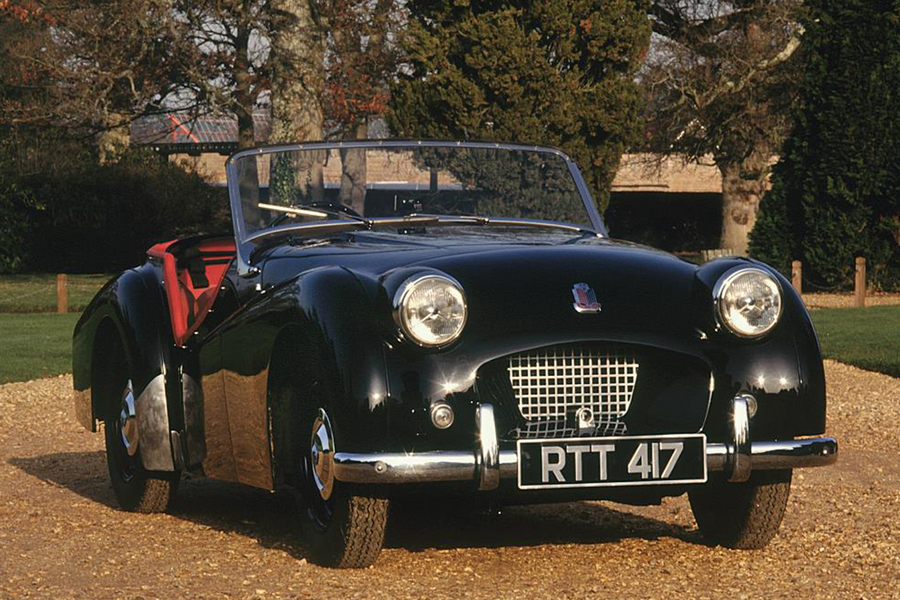
The result of this project was the Swallow Doretti (an Italian-sounding name was thought to be appealing to Americans). Designed by the rather brilliantly named Frank Rainbow, 276 were built between 1954 and 1955.
In the UK, it cost £1102 – a fair bit more than the £910 TR2, which it was actually based upon. Of course, the Doretti had a tubular steel chassis, covered in an aluminium body. It shared the TR2’s engine and running gear, including its four-speed manual transmission.
On 24 September 1954, Autocar subjected the Doretti to our Road Test.
It had a 2.0-litre four-cylinder petrol engine, producing 90bhp and 117lb ft. Our car was fitted with an optional (£40) Laycock-de Normanville overdrive unit which increased fuel economy at a cruise but not performance.
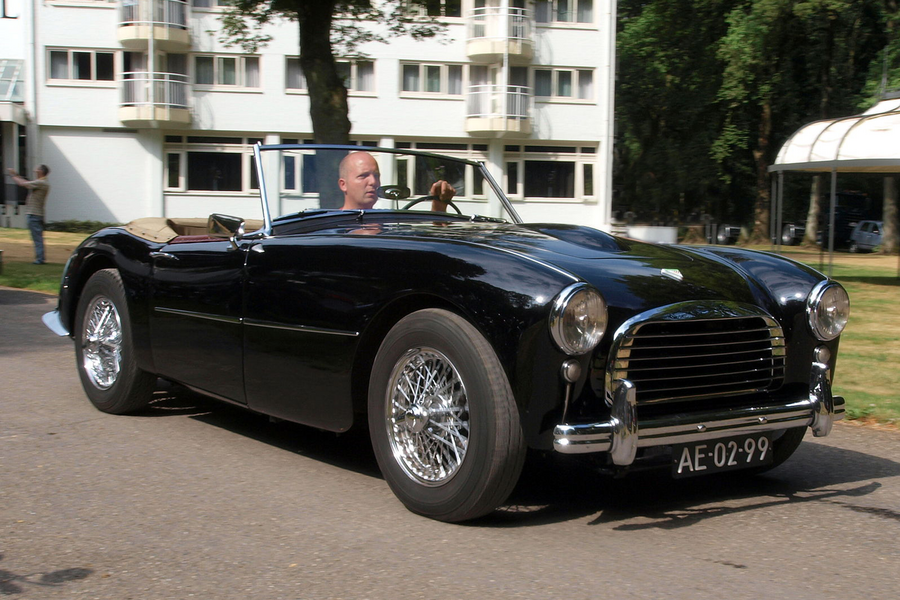
This meant that the Doretti, weighing less than a ton, had “very lively performance, a satisfactory maximum speed, lively acceleration, and, in view of the performance, a modest thirst for fuel”.
We achieved a top speed of 101mph, and found “the Doretti will cruise very comfortably at around 80mph, leaving plenty of power on hand, should it be required”. There was plenty of power at low revs, too, and we found the unit to be very flexible.
The clutch, meanwhile, was smooth and “well able to deal with the demands of an enthusiastic sports car driver”.
The suspension was one of the key differences to the TR2 that the Swallow was based on.
“At the front, the suspension consists of a conventional arrangement of coil springs and wishbones,” we explained, “but at the rear, torque rods are added to the open propeller-shaft drive to ensure that the rear leaf springs do not simulate a letter S under violent braking or accelerating.”
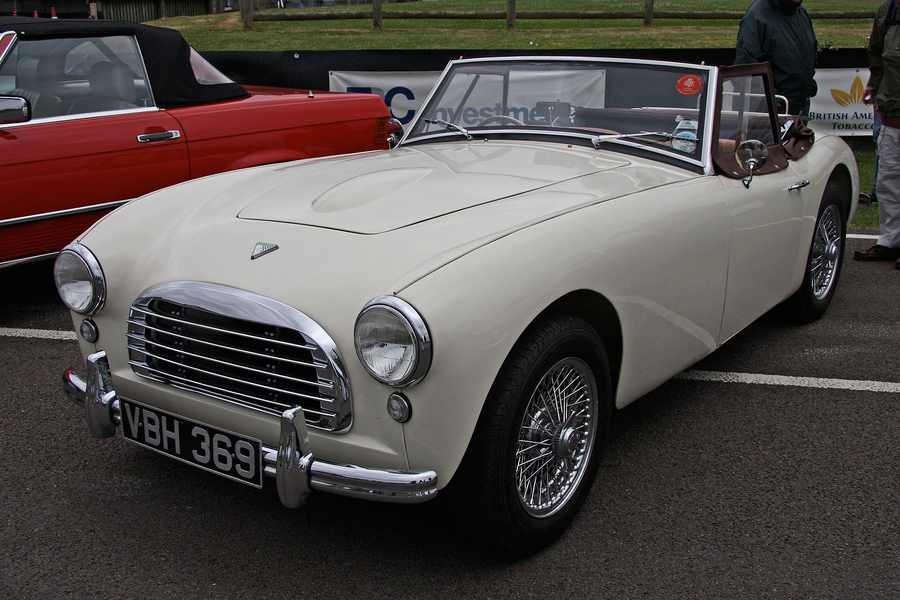
We found the ride to be “hard by modern standards, particularly noticeable over rough surfaces”. However, this meant there was “very little roll on corners”.
Weight distribution was 52/48 in favour of the front, giving “a very slight degree of understeer”. However, “the car displays good manners generally and holds its line well on corners. The steering is light and accurate.” There was little kickback through the wheel and it provided good feedback.
The hydraulically operated brakes, meanwhile, “are very powerful and require only a moderate pedal pressure for maximum retardation”.
One of our biggest gripes with the Doretti was refinement. “With the hood and side screens in position, the general noise level is comparatively high,” from the exhaust, air intake cleaners and gears. It was, at least, relatively free of vibration.
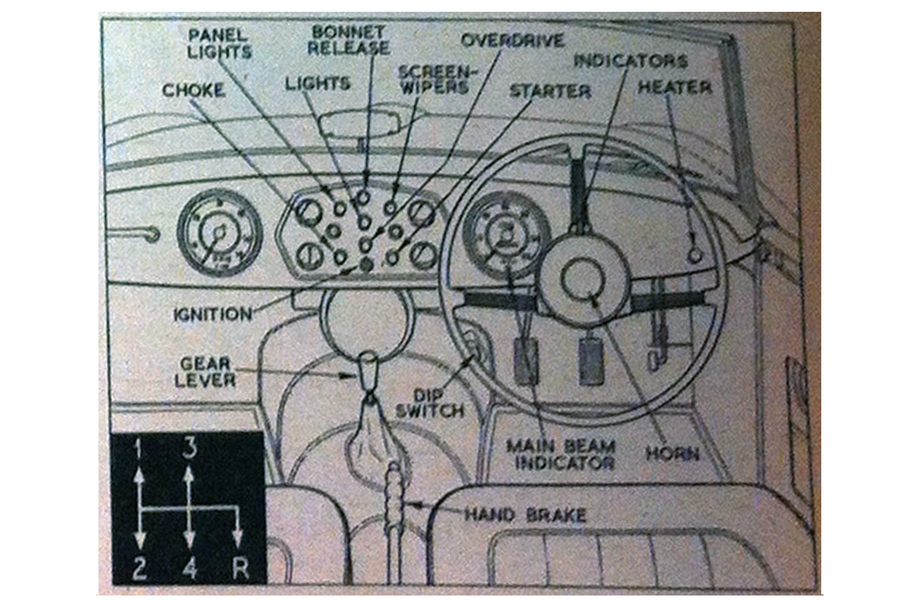
Of practicality, we said: “Bearing in mind the length of the wheelbase, the cockpit space is rather limited and a little extra travel on the seat adjustment would be appreciated.”
“The seat itself is quite large and gives good support,” we continued, but even as far back as it would go it was “comparatively close to the steering wheel, while the wheel itself is rather close to the inside of the door”. Headroom was good. The pedals were well spaced, although there wasn’t much space to rest one’s left foot.
The dashboard was laid out simply, and we were pleased that a heater came as standard, making the car “quite warm and snug, with very little draught, even at high speed”.
As for the soft-top roof, “it can be quickly folded down into the well behind the seats and enclosed by a tonneau cover which is provided with a central zip so that the passenger seat can be enclosed when the car is driven solo”. We drove the Doretti in heavy rain and found it to be completely waterproof. Luggage space was notably restricted, mind.

In conclusion, Autocar said: “The Swallow Doretti is a neat and compact two-seater sports car which has a very lively performance together with a very satisfactory fuel consumption. It is a trim little car with pleasing lines, and the general finish indicates that it is a well-made, workmanlike job. It is moderately priced and should meet the needs of those requiring a medium-sized sports car that will stand a lot of hard work and be fun to drive.”
Production of the Doretti ceased after just 10 months at the request of Jaguar, whose rival XK120 used many components made by Swallow’s parent company, Tube Investments.
Today, 178 Dorettis survive.

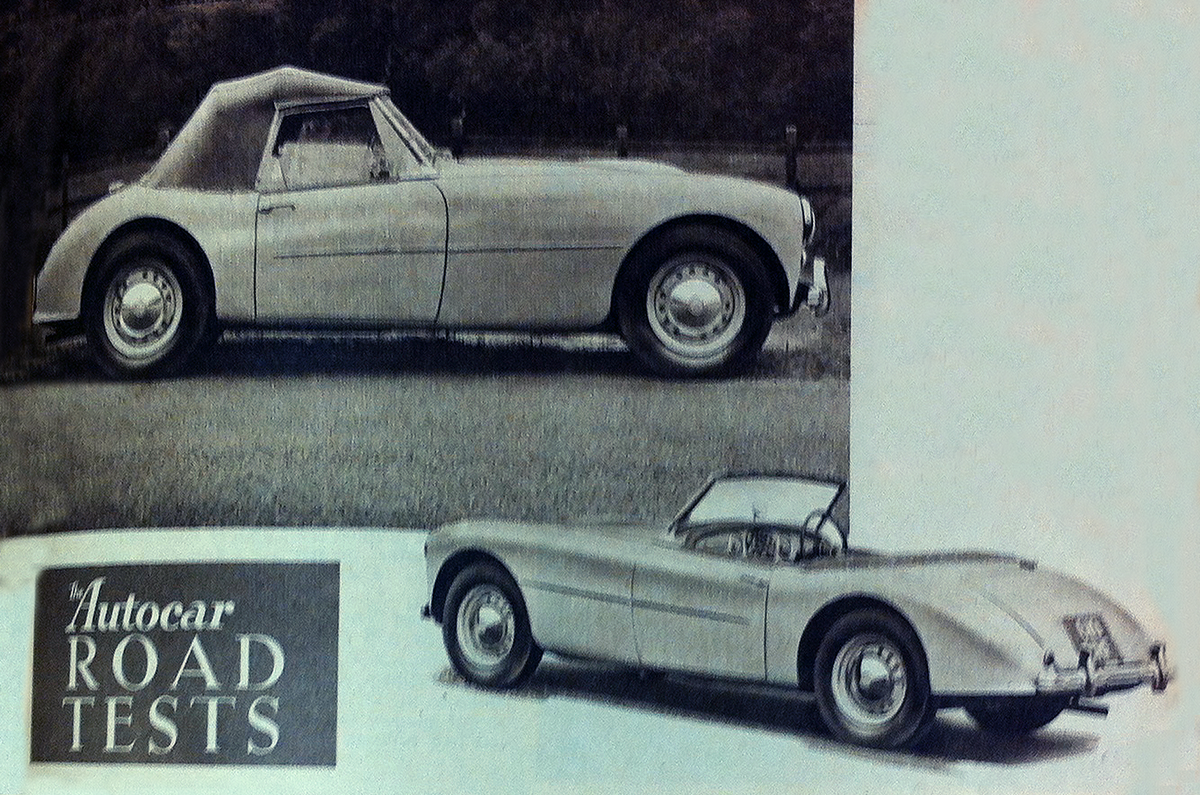
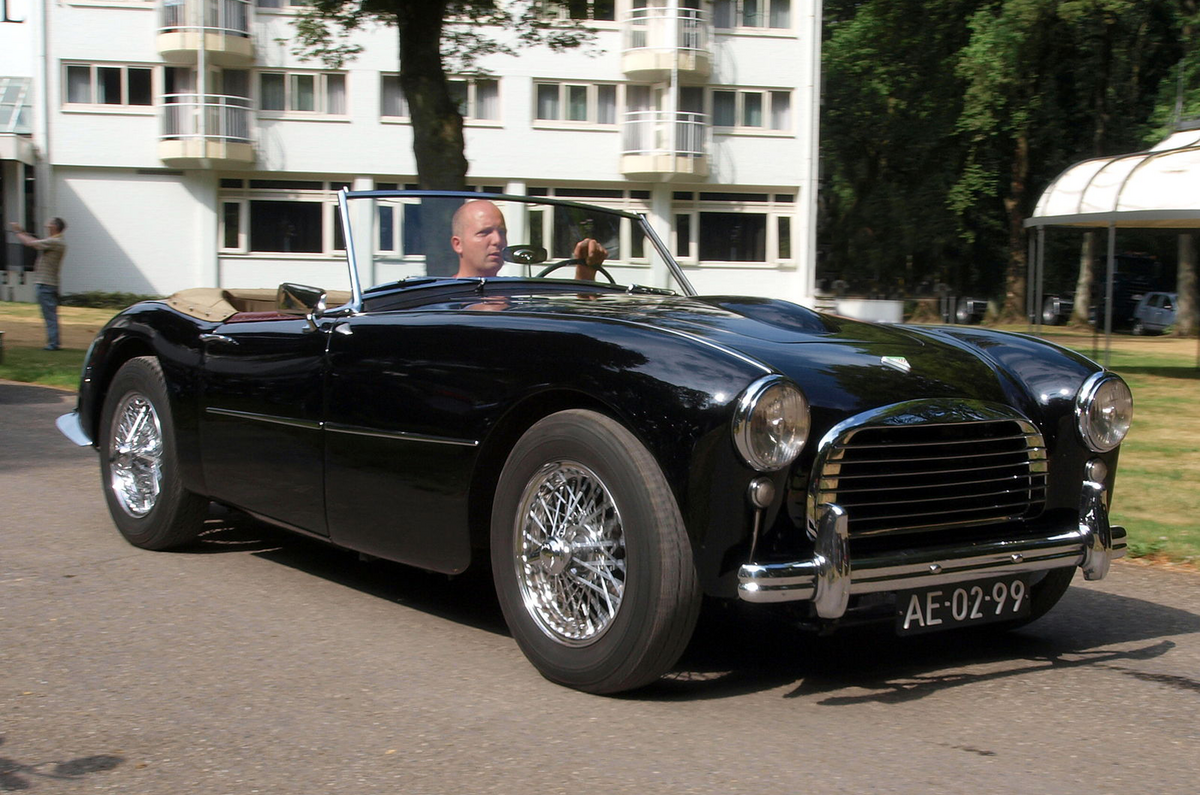
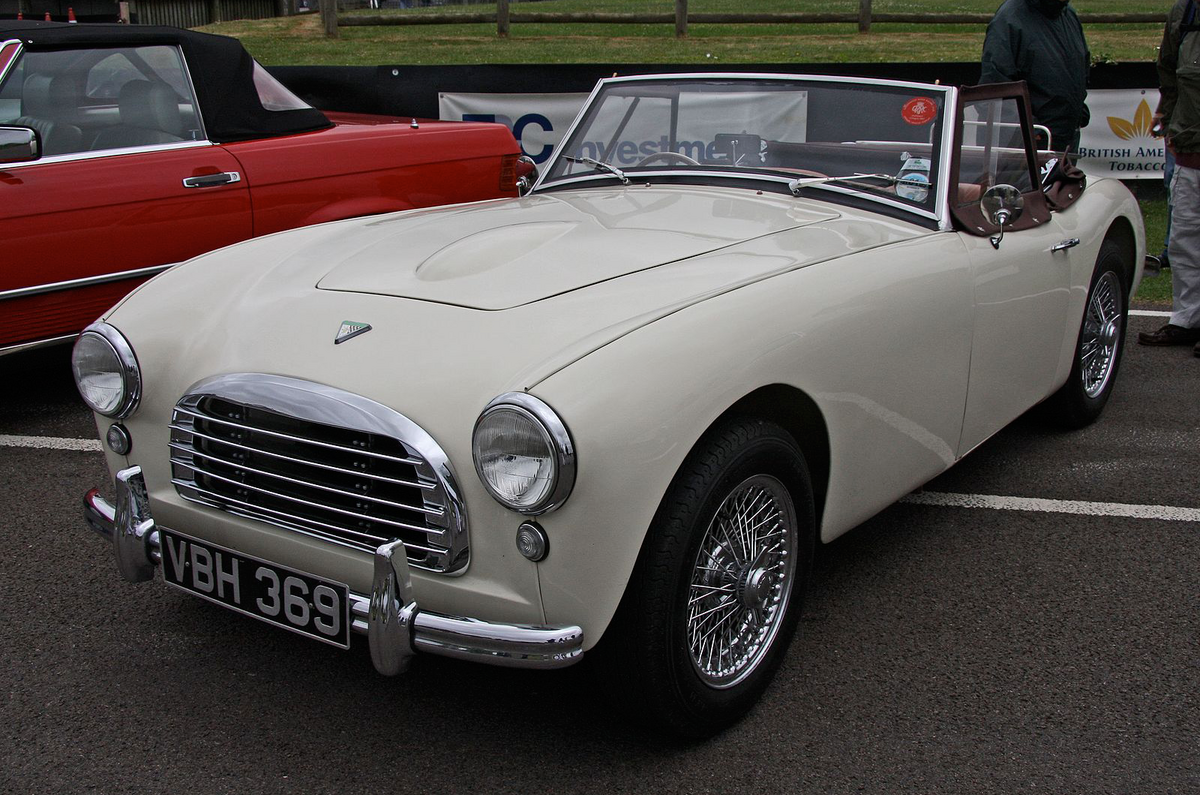
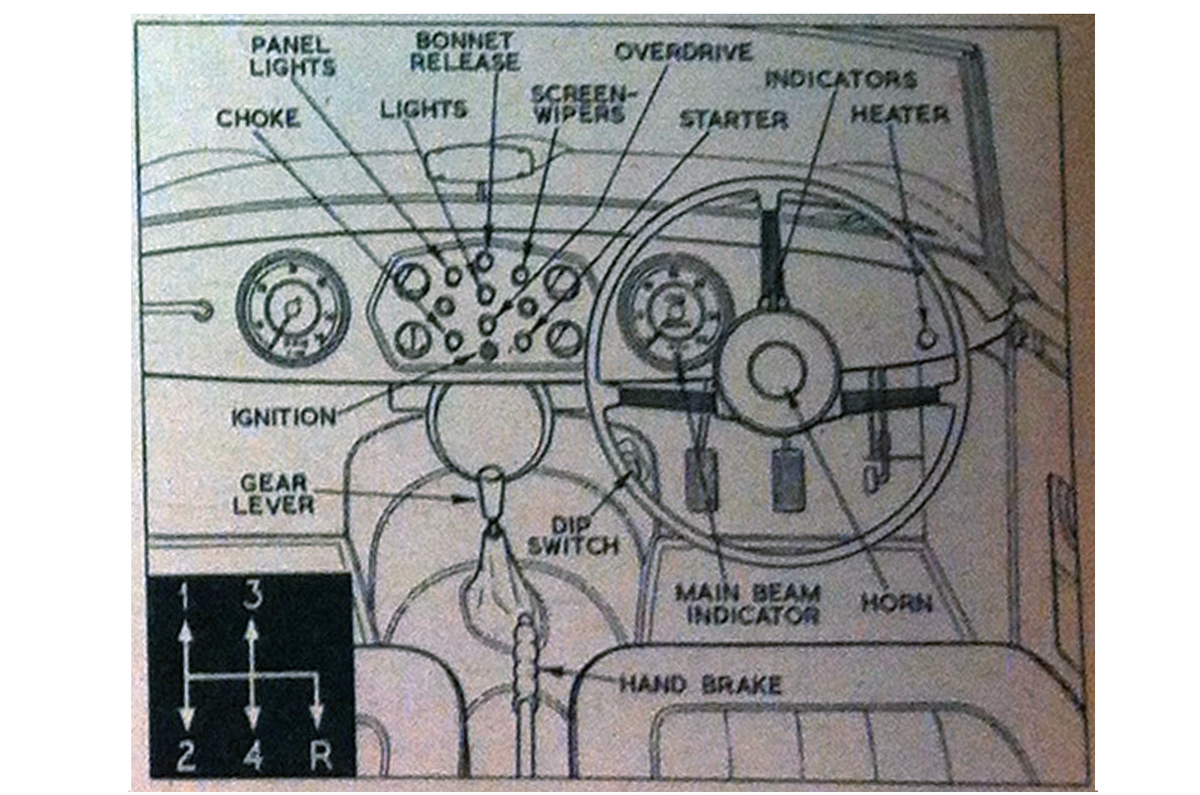

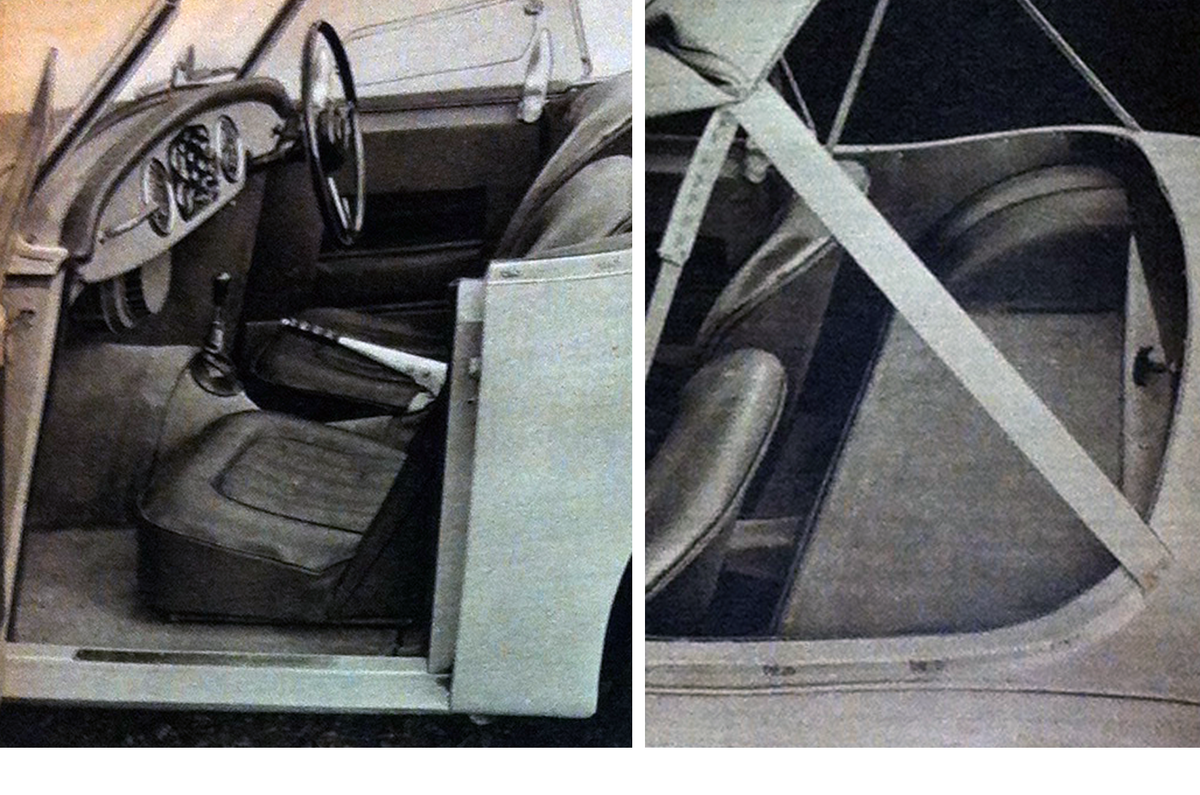
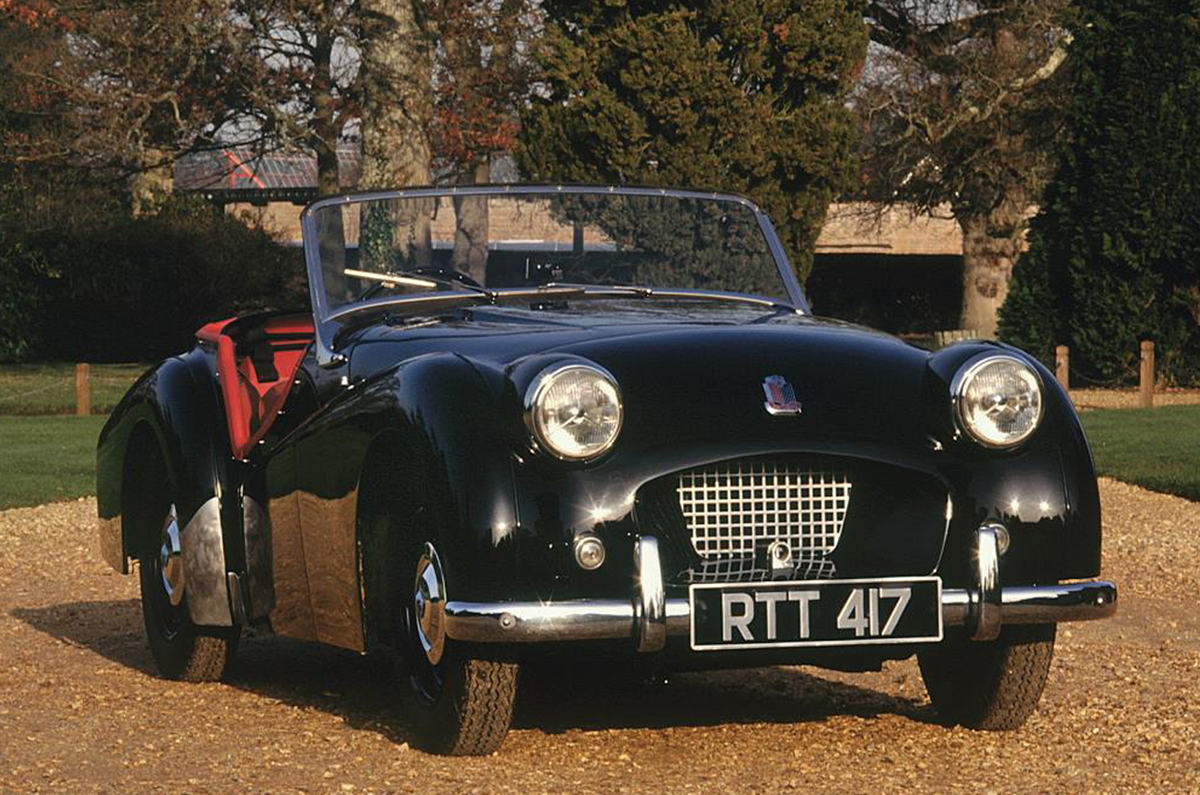


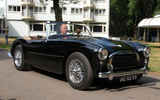

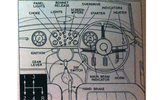

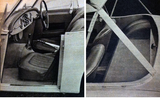
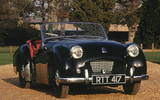
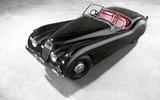


Join the debate
Add your comment
Big Healey